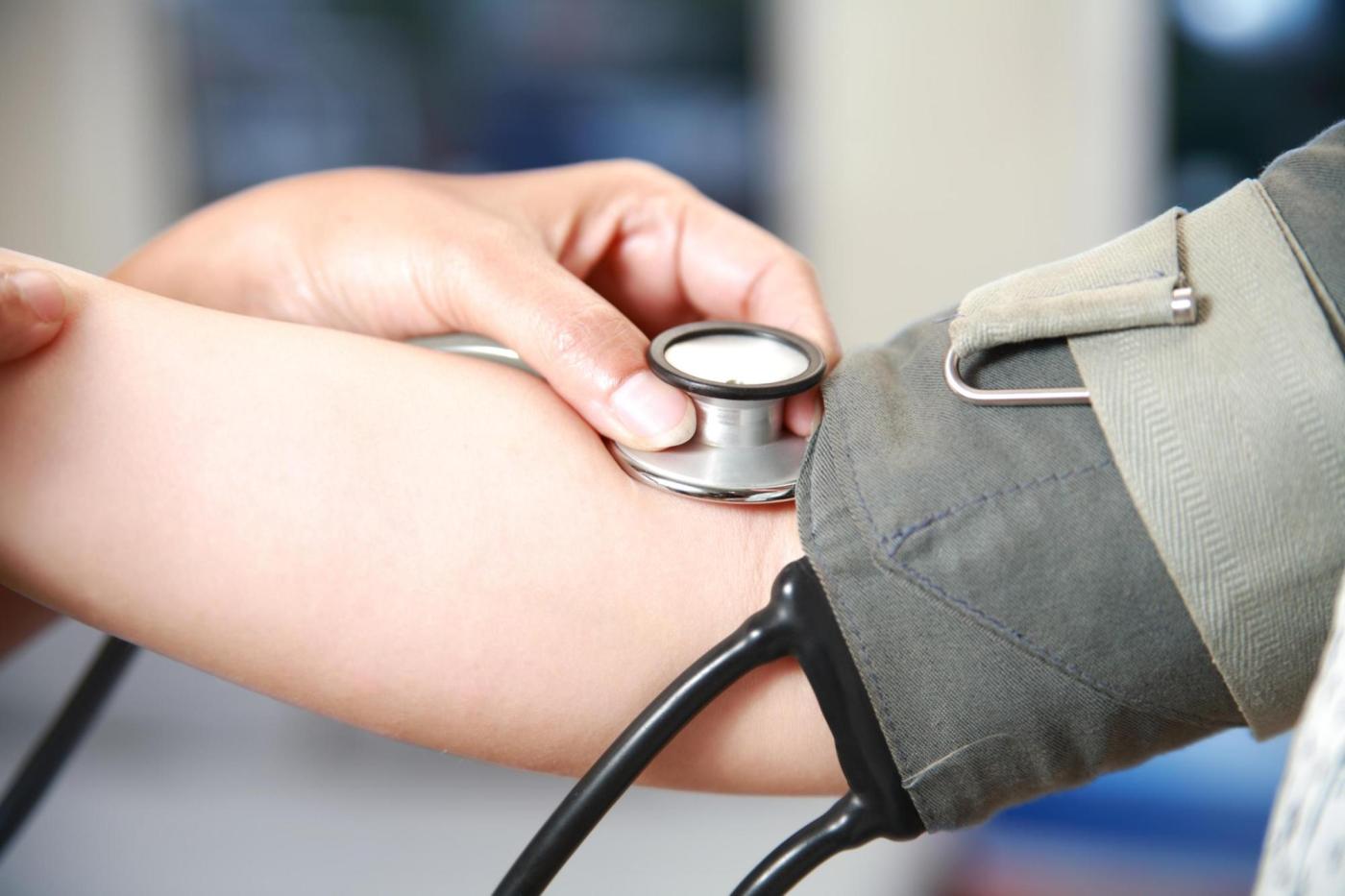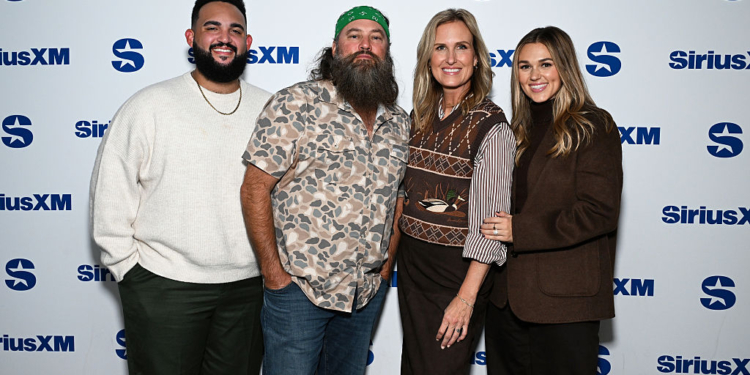BREAKING: New research from UNT Health Fort Worth reveals that wearing heated pants could significantly lower blood pressure, a breakthrough that comes as nearly 120 million American adults struggle with hypertension. This urgent study, published in the Journal of Applied Physiology, indicates that heat therapy may be a game-changer in managing this widespread health crisis.
In a groundbreaking experiment, a group of 19 adults aged between 55 to 80 wore specially designed heated pants for one hour a day, four days a week over eight weeks. Participants experienced a remarkable drop in their systolic blood pressure, improving by approximately 5 points. This drop could significantly impact the lives of those suffering from high blood pressure, which was a primary or contributing cause of over 664,000 deaths in the United States in 2023, according to the Centers for Disease Control and Prevention.
Dr. Amit Khera, a cardiologist at UT Southwestern Medical Center, who did not participate in the study, stated,
“This is an important proof-of-concept study. It could be a potential adjunctive treatment for other heart diseases and problems.”
With 32% of Texas adults reporting high blood pressure, the findings provide hope for millions seeking alternative therapies to manage their health.
The heated pants, which circulated water at nearly 124 degrees Fahrenheit, were adapted from NASA technology and designed to raise skin temperature to about 104 degrees. The study’s lead researcher, Scott Romero, noted,
“The cardiovascular responses to heat exposure are almost identical to exercise.”
This suggests that heat therapy may offer similar benefits to aerobic exercise, making it an accessible treatment option for older adults who may struggle with traditional methods.
Participants maintained their regular routines during the study, ensuring that the results were a direct effect of the heat therapy. After eight weeks, tests showed that those who wore the heated pants had significantly improved blood flow and better-functioning blood vessels, crucial for reducing the risk of heart-related complications.
The implications of this study are especially critical as heat-related health issues disproportionately affect older adults. Romero emphasized the importance of proactive measures, saying,
“Our idea is to be proactive about these heat waves and have individuals heat acclimate themselves at home.”
With projections indicating that up to 246 million older adults may face dangerous heat levels by 2050, this research could pave the way for innovative solutions.
While the findings are promising, further studies are needed to understand the long-term effects of heat therapy on those diagnosed with hypertension. Khera pointed out that while a 5-point reduction may seem modest, it could have significant population-level benefits if applied widely.
As heat therapy gains attention, the researchers aim to make this treatment accessible to older adults, helping them build resilience against heat stress, particularly during extreme weather conditions. As the conversation around hypertension continues, this study stands out as a vital step in the ongoing battle against high blood pressure.
Stay tuned for more updates as researchers explore the potential of heat therapy in cardiovascular health and its implications for millions affected by hypertension.







